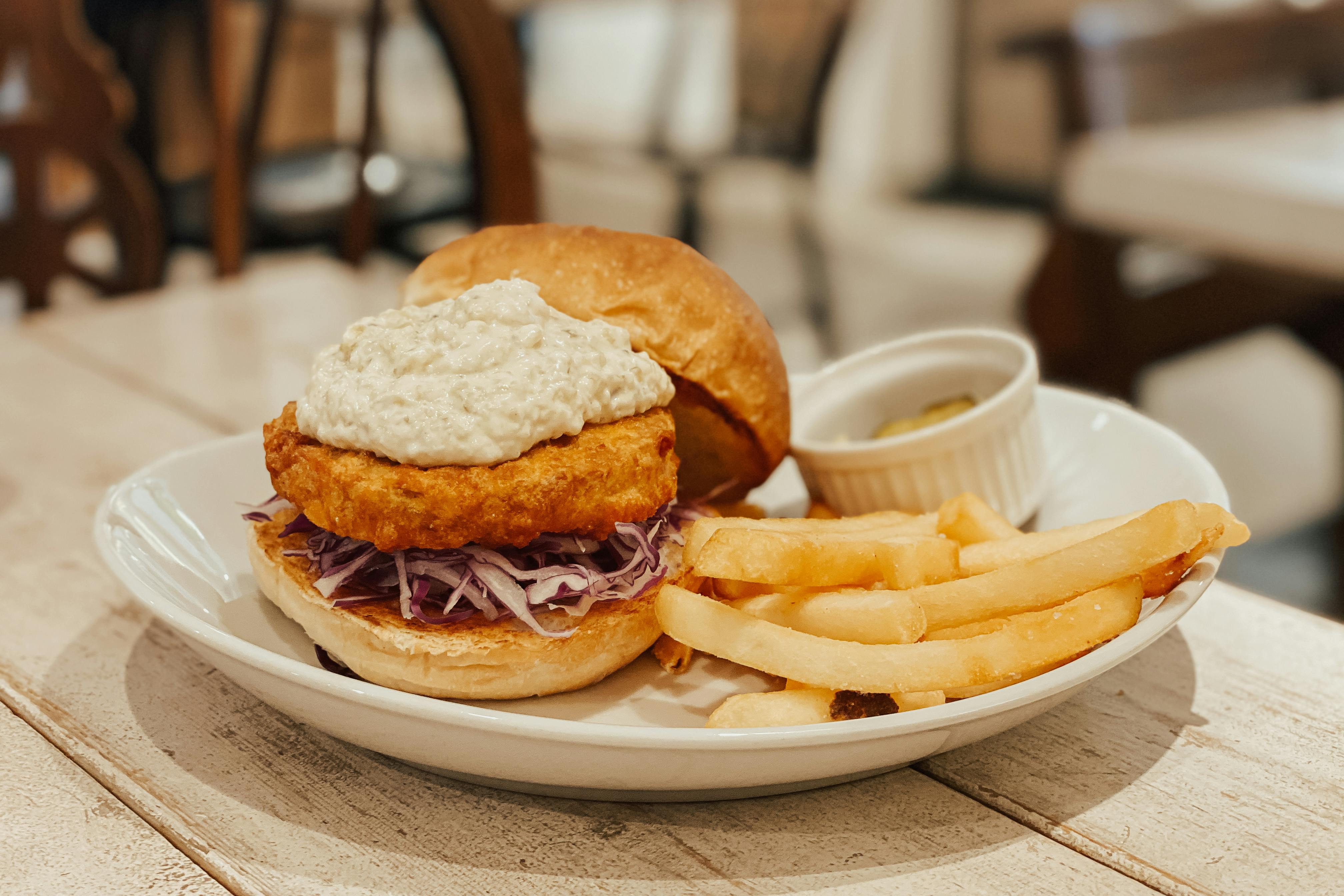Vessel Sinks: Factors to Consider
In the quest for style, vessel sinks, which resemble a bowl above or partially below the counter, are gaining popularity. Here are some factors you’ll need to consider when including one in your plans:
Faucet Height – Standard bathroom faucets won’t suit taller sinks, which are typically at least 5 inches above the counter, and often much higher. Use a wall or gooseneck faucet. If you go with a wall-mounted faucet, the plumbing for the faucet will need to be installed before the drywall.
Drain Plugs: A bar faucet is an acceptable and viable solution to the tall faucet dilemma. Note that drain leaks are generally not available with non-bathroom fixtures, so you may need to purchase a rubber stopper or pop-up hand drain. In a guest bathroom where the bowl does not need to hold water, use a simple wire rack over the drain.
Amount of use: Be careful when deciding what kind of use a bathroom gets before opting for an easily breakable water vessel sink. Something as small as a dropped perfume bottle could easily chip or break a glass or ceramic sink vessel.
Splash potential: Some above-counter sinks are very shallow. A faucet positioned too high over a shallow sink can cause a lot of water to spray out, requiring frequent cleaning.
User Height – Consider the height of the people who will be using the sink and the height of the vessel bowl, then adjust the cabinet height accordingly for optimal comfort.
I hope the above information is useful to you.
